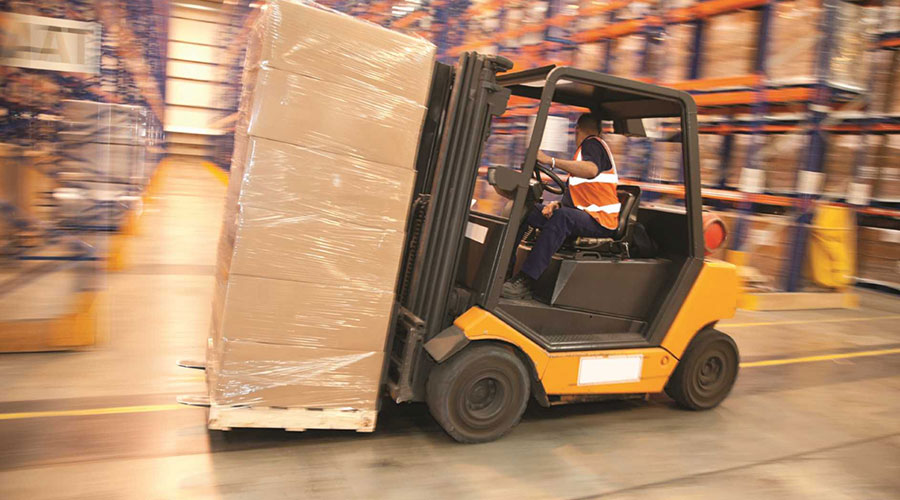
Material handling can be defined as the science and art involved in receiving, packing, storing, and moving material in any form.
The first and foremost objective of material handling is lowering the cost of production. Because a large portion of the total production cost is spent on material procurement, storage, and movement.
For many large companies, their warehouse is the hub of their operations. The success of their business depends on the safe and efficient transport of their product from one area of the warehouse to another.
Material handling directly impacts productivity in warehouses, manufacturing plants, and distribution centers. An inefficient facility causes errors and delays, eroding customer loyalty and making it easier for your competition to snatch away business.
Successful businesses invest time into monitoring and improving their material handling system in order to protect:
The Different Types of Material Handling Equipment
Increasing your inventory of automated tools, like those listed in the engineering systems category, introduces additional efficiency and improves material handling.
Organizing Your Warehouse Intelligently
While automation is incredibly effective, it may not always be the best solution.
At present, solutions like an AS/RS are most effective in instances where storing and picking are the only tasks. Processes that require workers to “add value” to a good by changing or processing it in any way wouldn’t be suitable for an AS/RS.
Organizing your warehouse intelligently means keeping it clean, sorting inventory in a sensible system, and putting materials away when they’re not in use.
Proper Material Handling Protects Your Warehouse’s Employees and Facilitates Productivity
Your material handling process underpins your warehouse's entire productivity efforts. Ignore the former and it’ll be to the detriment of the latter. Effective material handling processes keep production flowing, ensure goods reach customers in time, prevent workplace injuries, and elevate overall employee morale.
In other words, it’s an essential part of a healthy supply chain. Routinely monitoring and improving it will ensure your warehouse stays in top operational shape well into the future.
POSTED BY
Team 13SQFT